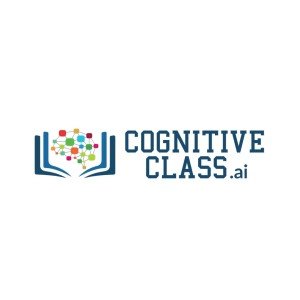Software Development
Showing 1141–1152 of 2824 results

Getting Started with Mockito 2
Writing unit tests is difficult if the dependencies between your application classes make it difficult to draw a boundary between what you want to test and the rest of the codebase. Mockito helps you to easily create Java tests by using mock objects.

Getting Started with Octopus Deploy
Manual deployments are error-prone, painful, and problematic. What you need is a way to model your environments and script your deployments – Octopus is the premier tool for getting this kind of work done, and you’ll explore how to make it happen.

Getting started with Open Liberty
Dive into Open Liberty with this introductory course. Learn how to set up and use Open Liberty as a lightweight, flexible Java application server to build cloud-native microservices, simplifying your development and deployment process.

Getting Started with Programming in Java 11
This course provides you with everything you need to know to get started programming in Java and serves as a strong foundation for all Java-based development environments including client-based, server-side, Android, and big data platforms.

Getting Started with Prometheus
Prometheus is the preferred monitoring tool for containers, but it works just as well in any environment. This course will teach you how to get up and running with Prometheus and add a consistent monitoring approach to all your apps and servers.

Getting Started with Puppet 7
Puppet is the de-facto configuration management software for Linux and Unix systems, and this course teaches you everything you need start managing your infrastructure with Puppet.

Getting Started with Software Development Using Cisco DevNet
Are you new to software development and need a simple, no-frills crash course to get up to speed? This course will teach you the fundamental methodologies, design patterns, and tools needed to begin your journey.

Getting Started with Spring Batch 4
Spring Batch is a mature open source frameworks for batch processing. This course will get you started with Spring Batch through the demonstration of processing input from a file, transforming the data, and outputting the data to a database.

Getting Started with Swagger 2 Tools
Swagger Tools is the leading platform for describing RESTful web services. This course will teach you how to use Swagger Tools to describe, document, generate code, and test RESTful web APIs based on the OpenAPI standard.

Getting Started with TeamCity
This course will teach you everything you need to know about TeamCity to get started with continuous integration and begin automating your builds. You will learn how to install TeamCity before configuring builds for both Java and .NET.

Getting Started with Terraform Cloud
As Terraform is adopted across the industry, companies discover they need to collaborate within teams and across the organization. This course will teach you how to use Terraform Cloud to deliver collaboration and automation in a managed environment.

Getting Started with TestNG 6
Automated tests are key to delivering quality assurance to software. Learn how to write any kind of test - unit, component or user interface, using TestNG - a feature-rich and incredibly popular testing framework.
